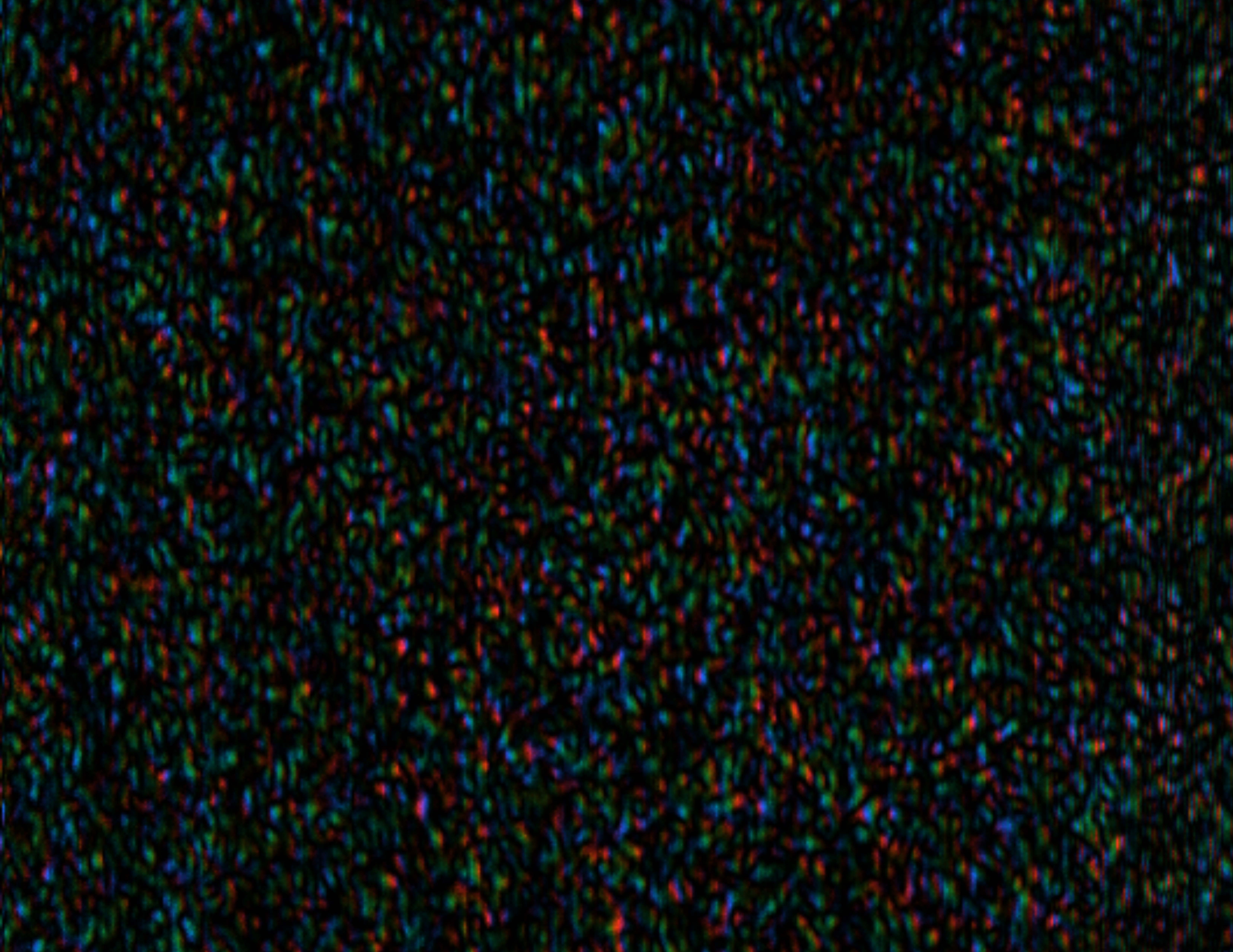Turbid optics

Imaging in turbid media
Using spatial light modulation, it is possible to obtain an increased intensity at a desired location behind turbid media due to path reciprocity and constructive interference. With this, we have shown that it is possible to construct a scanning microscope that has three-dimensional resolution at the diffraction limit and that works in the absence of optical access behind samples several mean free paths thick.
We are currently extending this technique to allow for structured illumination and light sheet microscopy in turbid environments. Moreover, we are increasing the speed of the technique in order to make it viable in biological settings.
Photonic glasses
Similar to light transport in photonic crystals showing band gaps for certain frequencies in certain directions, photonic glasses can be used to create materials with almost isotropic band gaps. For this purpose, the light transport in disordered, inhomogeneous media needs to be understood and we are studying their properties theoretically as well as experimentally using model colloidal systems of almost monodisperse nano-particles. Depending on the refractive index of the particles and hence their scattering strength, near-field effects in the scattering become important in the understanding of the observed light transport.
Anderson localization
While the observation of Anderson localization of light in three dimensions remains elusive, we study light transport at increasing scattering strengths and develop good criteria for a possible observation of Anderson localization. This includes time-dependent transport measurements allowing for a direct determination of the diffusivity, but also an experimental way to break path reciprocity using Faraday active materials. With this we study the properties of weak localization and low dimensional systems.
In-vivo imaging
Developing tissues are usually hidden inside an organism that acts as a turbid medium. Therefore the study of developmental processes also needs the availability of good imaging techniques. Here, we have contributed by the development of techniques for live-imaging in Drosophila larvae as well as the high speed in-toto imaging of Drosophila embryos.